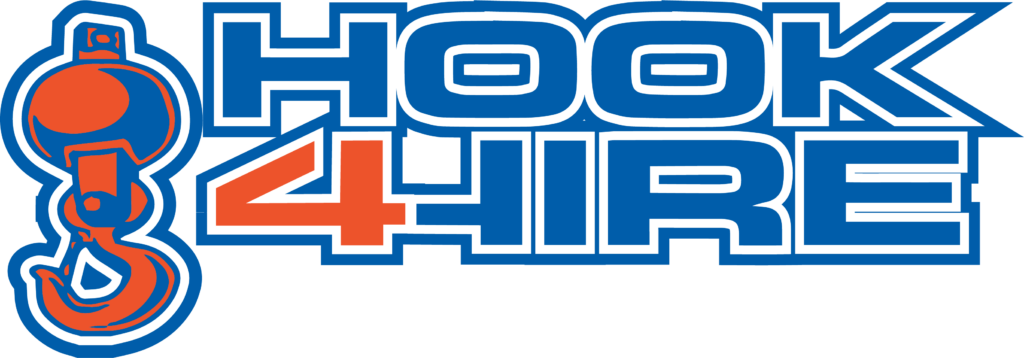Regularly inspecting rigging and lifting hardware is essential for optimal safety and performance. Routine checkups can identify potential issues that may cause harm or damage and lead to costly repairs. Furthermore, regular monitoring can help boost productivity, saving time and money. The inspection frequency will vary depending on the type of equipment and the job it is used for, but it’s typically recommended that it be done every few weeks or months.
Here are three types of rigging equipment inspection you should do:
1. Initial Inspection
An initial inspection of rigging hardware must be conducted when it is acquired from a supplier or manufacturer. This routine industry practice should be followed to ensure the equipment is up to standard. Whether the hardware is new, modified, or repaired, this inspection should be done. It should include examining the equipment for missing or illegible tags, signs of cracking or breaks, excessive wear and tear, and any manufacturing or alteration defects. Doing this inspection ensures that the rigging hardware meets industry standards.
2. Daily Inspection
Regularly inspecting rigging equipment is essential to ensuring its safe use. You should inspect the equipment daily and before each use if you use it in high-duty applications or multiple times a day. These inspections are necessary to ensure that the equipment is functioning properly and safely. To stay safe and compliant, it is important to inspect rigging equipment as often as necessary.
Examining rigging equipment usually involves a visual examination to detect flaws, damages, or defects. It is important to tailor the inspection checklist to the type of rigging equipment. For example, when inspecting synthetic web slings, it is important to check for signs of chemical burns, heat damage, discoloration, and damaged threads. When inspecting chain slings, you must look for corrosion, pitting, twists, bents, and nicks.
Additionally, weld splatters or arc strikes indicate a damaged chain sling. If any of these signs are present, the rigging equipment should be removed from use immediately. Further, any repaired or modified equipment should not be returned to service until a qualified individual has approved it.
3. Annual Inspection
Periodic inspections are inspections that must be done at least once a year to check the condition of rigging hardware. Depending on the conditions in which the equipment is being used, such as how often it is used and the type of load being handled, inspections may need to be done more often than once a year.
If the conditions are harsher, such as frequent use or harsh service conditions, the inspections should be done quarterly or even monthly. Experience with similar equipment and service life should also be considered when deciding how often to inspect.
Annual inspections are essential to maintain the safety of machinery used in everyday life. ASME suggests that the frequency of inspections should be determined depending on the work the equipment is exposed to. Additionally, a qualified person should assess the equipment and create a customized inspection plan if the machinery is used for special services.
Conclusion
It is essential to check for damage regularly to ensure all personnel and equipment safety. The frequency of inspection should depend on the type of rigging equipment, the environment in which it is used, and the intensity of the load being lifted. Generally, rigging equipment should be inspected for damage and wear before each use, and a more thorough inspection should be conducted at least once a year by a qualified inspector. Finally, it is important to remember that any damage or wear should be addressed immediately, as any delay can put personnel and equipment at risk.
At Hook4Hire, all your industrial maintenance, steel erection, road building, and HVAC work are an easy fix. Our efficient and top-quality cranes are designed to quickly cover long distances and ensure project completion within the given time. Our exceptional lift range is always available, and no project is too big or small for us. If you need rigging equipment rental services, our team is determined to assist you! Get in touch with us for any inquiries!
